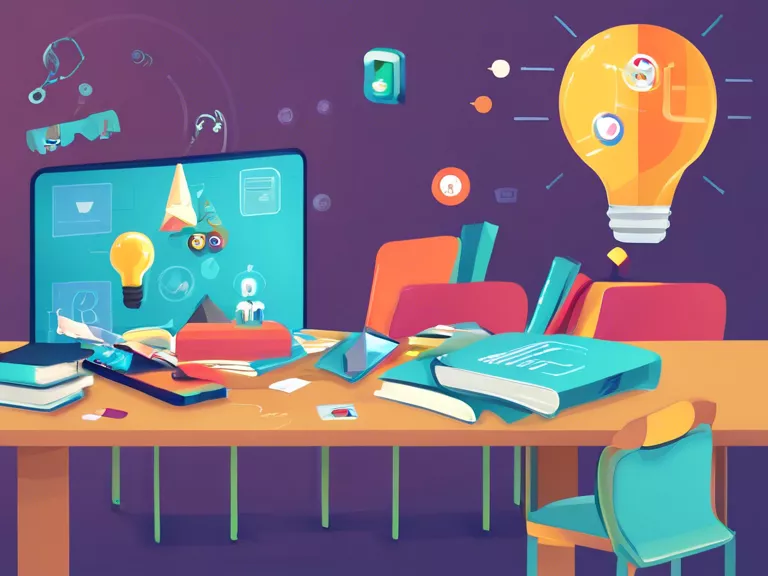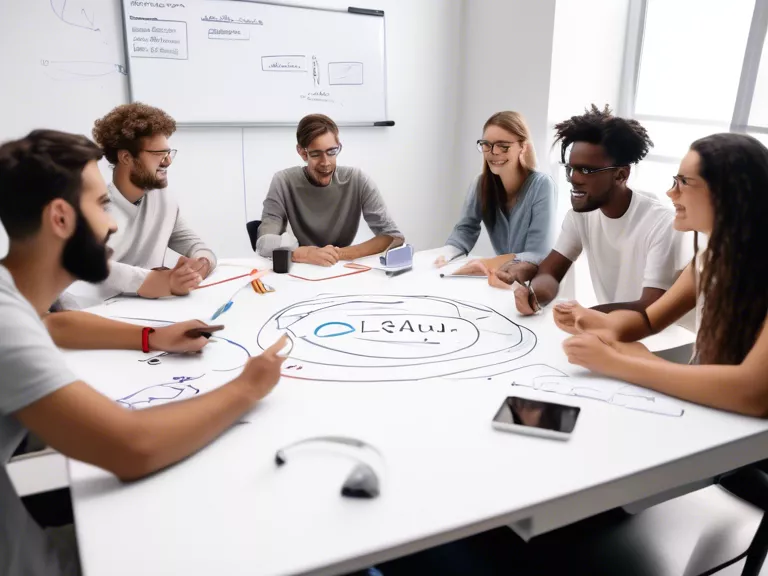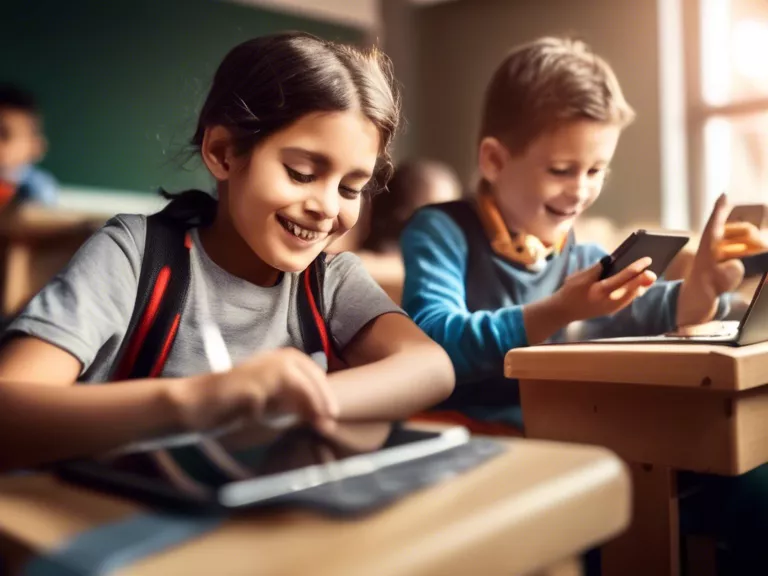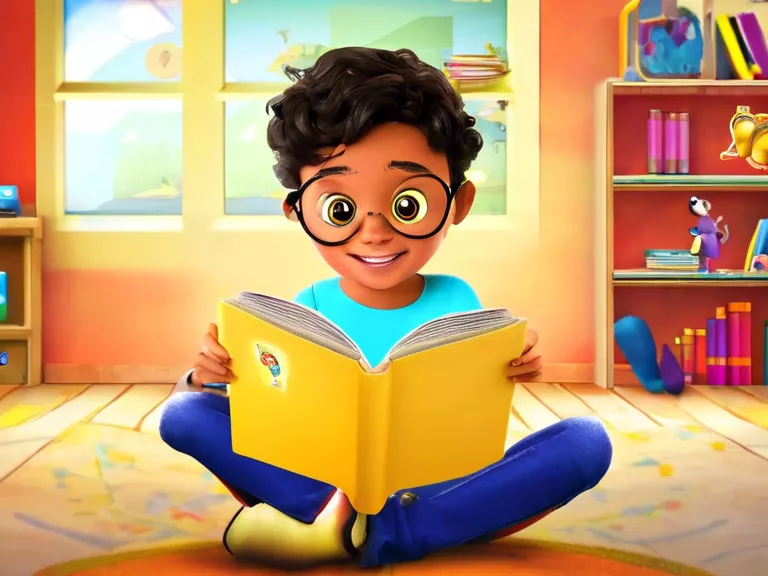
In recent years, gamification has been gaining popularity in the education sector as a powerful tool to engage students and enhance learning outcomes. By incorporating game elements into classroom activities, teachers are able to make learning more interactive, fun, and effective. From quizzes and competitions to role-playing and simulations, gamification is transforming the way students learn and progress in their academic journey.
One of the key benefits of gamification in the classroom is its ability to motivate students. Games have a natural way of capturing students' attention and keeping them engaged for longer periods of time. By introducing elements such as rewards, badges, and leaderboards, teachers can incentivize students to participate actively in lessons and strive for better performance.
Furthermore, gamification helps students develop important skills such as problem-solving, critical thinking, and collaboration. Through interactive games and challenges, students are encouraged to think creatively and work together to achieve common goals. This not only enhances their cognitive abilities but also fosters a sense of teamwork and camaraderie among peers.
Another advantage of gamification is its ability to provide instant feedback to students. In traditional classroom settings, feedback may take time to reach students, leading to gaps in understanding and learning. With gamification, students receive immediate feedback on their performance, allowing them to track their progress, identify areas for improvement, and make adjustments in real-time.
Moreover, gamification makes learning personalized and adaptive to individual student needs. By incorporating elements such as branching scenarios and adaptive quizzes, teachers can tailor learning experiences to match students' unique learning styles and pace. This ensures that students are challenged at the right level and receive the support they need to succeed.
Overall, gamification is transforming classroom learning by making it more engaging, interactive, and effective. By harnessing the power of games and game elements, teachers are able to create dynamic and immersive learning experiences that inspire students to learn, collaborate, and achieve their full potential.



